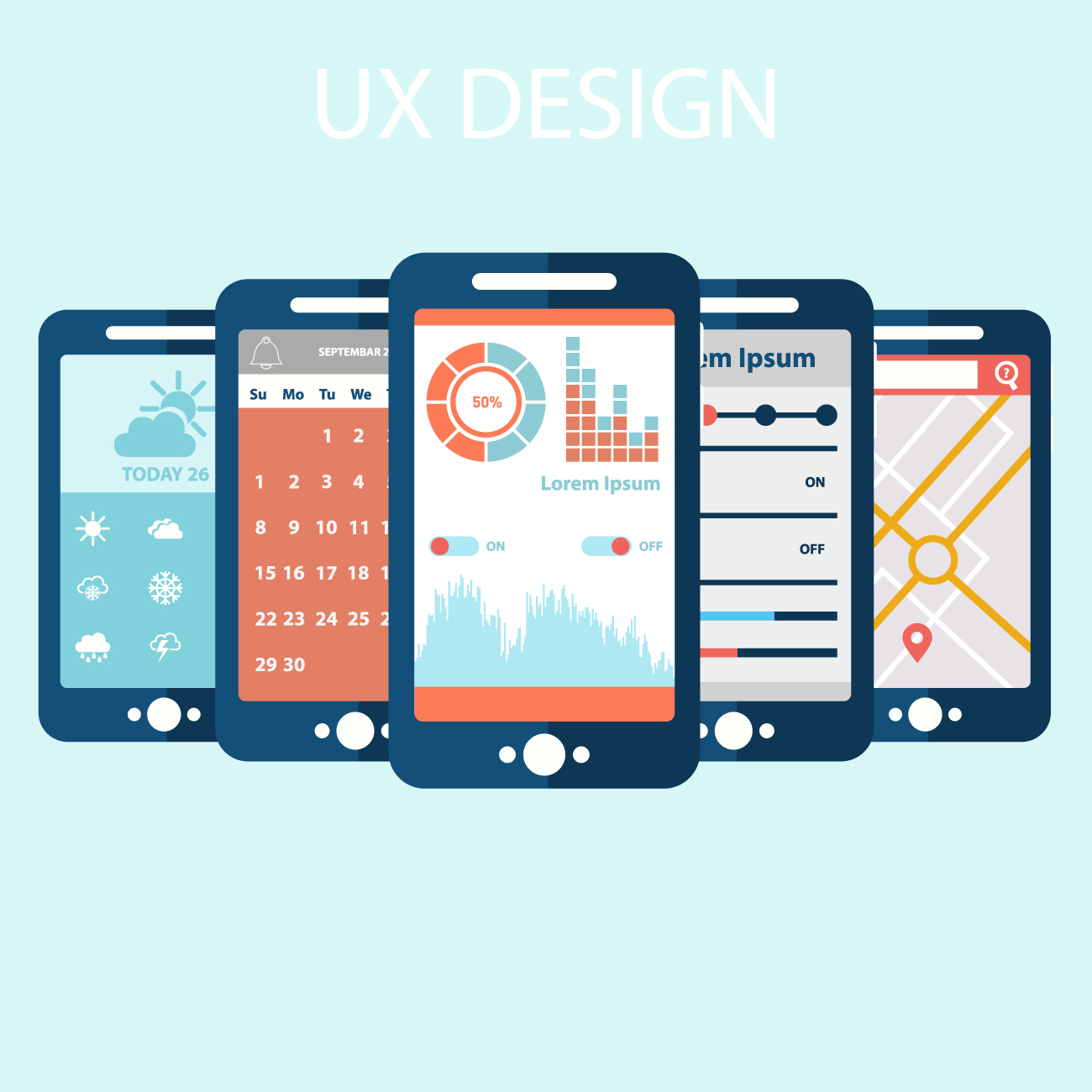
Mobile user interface (UI) design plays a crucial role in shaping user experiences. With the increasing reliance on mobile devices, delivering a seamless, intuitive, and visually appealing interface has become paramount for app developers and designers. This guide delves into the principles, elements, and tools involved in creating outstanding mobile UIs, providing actionable insights for both novice and experienced designers.
Understanding Mobile UI Design
Mobile UI design refers to the process of crafting the visual and interactive aspects of mobile applications. It ensures that users can interact with an app efficiently and enjoyably. A well-designed mobile UI is not just about aesthetics; it’s about functionality, accessibility, and engagement.
Key Principles of Mobile UI Design
To create an effective mobile UI, designers should adhere to these fundamental principles:
1. Simplicity
- Less is More: Avoid clutter by focusing on essential elements. Overloading screens with information can overwhelm users.
- Minimal Navigation: Streamline navigation to ensure users can find what they need with minimal effort.
2. Consistency
- Use consistent color schemes, typography, and design elements throughout the app.
- Follow platform-specific guidelines (e.g., Google’s Material Design for Android and Apple’s Human Interface Guidelines for iOS).
3. Accessibility
- Ensure the app is usable for people with varying abilities. For instance, provide options for larger text sizes and consider color contrast.
- Implement features like voice commands and screen reader compatibility.
4. Feedback
- Offer visual or haptic feedback for user actions. For example, buttons should change color or provide animations when tapped.
1. Navigation
Navigation is a cornerstone of mobile UI design. Common navigation patterns include:
- Hamburger Menus: Useful for apps with numerous options but can hide important features.
- Tab Bars: Ideal for quick access to core functions.
- Gestures: Swipes, pinches, and taps can enhance interactivity, but they should be intuitive and complemented by visual cues.
2. Typography
- Legibility: Use readable font sizes and styles. Avoid overly decorative fonts.
- Hierarchy: Employ different font weights and sizes to establish a clear hierarchy of information.
3. Colors
- Choose a cohesive color palette that aligns with the brand identity.
- Use contrasting colors for text and backgrounds to enhance readability.
4. Buttons and CTAs
- Ensure buttons are large enough to tap easily and have a distinct appearance.
- Place call-to-action (CTA) buttons prominently, using vibrant colors to draw attention.
5. Forms and Inputs
- Design forms with user convenience in mind. Use auto-fill, input masks, and inline validation to simplify data entry.
- Limit the number of fields to reduce user fatigue.
6. Visual Hierarchy
- Direct users’ attention to the most critical elements using size, color, and placement.
- Use whitespace strategically to separate sections and enhance focus.
Tools for Mobile UI Design
1. Figma
Figma is a cloud-based tool known for its collaborative capabilities and prototyping features. It allows real-time collaboration and supports responsive design.
2. Adobe XD
Adobe XD offers robust tools for designing, prototyping, and sharing mobile app interfaces. Its integration with other Adobe products is a bonus.
3. Sketch
Popular among macOS users, Sketch is renowned for its vector editing tools and plugins, making it a favorite for mobile UI designers.
4. InVision
InVision focuses on prototyping and collaboration, enabling teams to gather feedback and refine designs effectively.
5. Zeplin
Zeplin bridges the gap between designers and developers by providing detailed specifications and assets for implementation.
Trends in Mobile UI Design
1. Dark Mode
Dark mode has gained popularity for its aesthetic appeal and reduced eye strain. Ensure your design accommodates both light and dark themes.
2. Neumorphism
This design trend combines skeuomorphism and flat design, creating soft, 3D-like elements that appear tactile.
3. Microinteractions
Subtle animations and feedback, such as a heart icon filling up when liked, enhance user engagement.
4. Voice and Gesture Interfaces
As voice commands and gestures become more prevalent, designing interfaces that accommodate these inputs is essential.
Common Mistakes to Avoid in Mobile UI Design
1. Overloading with Features
Including too many features can confuse users. Focus on the core functionalities and phase in additional features over time.
2. Ignoring Feedback
User feedback is invaluable. Regularly test your designs with real users and incorporate their suggestions.
3. Poorly Designed CTAs
Hidden or unclear CTAs can lead to missed conversions. Ensure they are visible, actionable, and strategically placed.
4. Neglecting Performance
Heavy designs can slow down your app. Optimize images, animations, and code to ensure a smooth user experience.
Steps to Create a Mobile UI
1. Research and Ideation
Understand your target audience, competitors, and industry trends. Gather inspiration and create a mood board.
2. Wireframing
Sketch out basic layouts to establish the structure of your app. Focus on functionality rather than aesthetics.
3. High-Fidelity Design
Develop detailed designs with your chosen tool. Pay attention to colors, typography, and visual elements.
4. Prototyping
Create interactive prototypes to simulate user interactions and gather feedback.
5. Testing and Iteration
Conduct usability tests with real users. Refine your design based on feedback and performance metrics.
Conclusion
Designing a compelling mobile user interface requires a balance of aesthetics, functionality, and user-centric thinking. By adhering to design principles, leveraging powerful tools, and staying updated on trends, you can create UIs that captivate users and drive engagement. Whether you’re designing for a startup or a global brand, a thoughtful approach to mobile UI design will set your app apart in a competitive market.
Devoq Design is a premier UI/UX design agency serving clients in UI/UX Design Agency in Virginia and UI/UX Design Agency in Washington . Renowned for creating user-centric digital experiences, the agency specializes in designing intuitive interfaces and seamless user journeys tailored to meet the unique needs of businesses. By blending creativity with cutting-edge design methodologies, Devoq Design ensures that every project reflects innovation, functionality, and brand identity. Whether you’re in Virginia or Washington, Devoq Design is your trusted partner for transforming ideas into exceptional digital products that captivate users and drive results.







